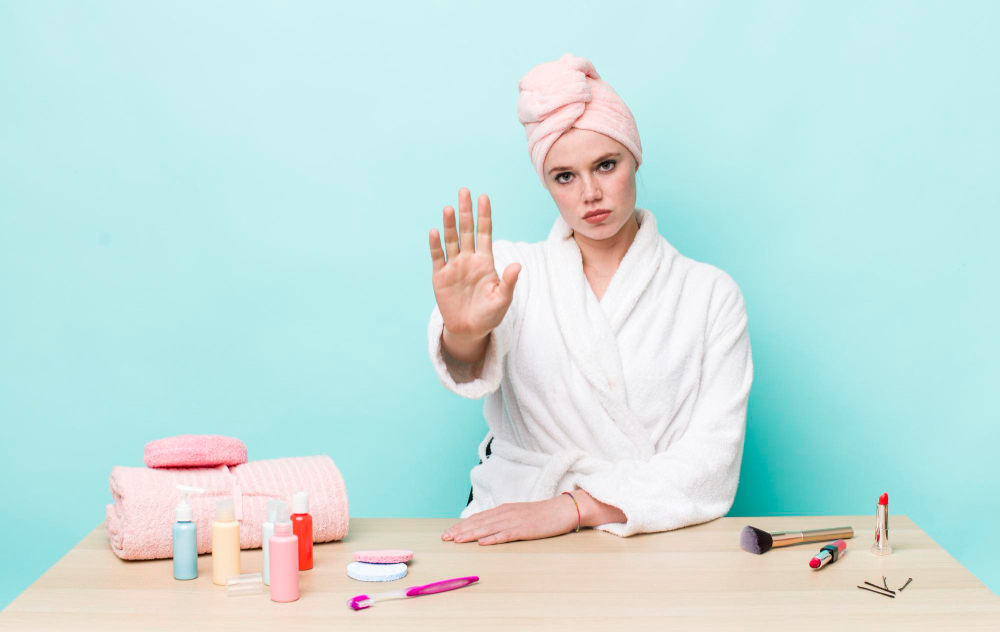What Not to Do After Botox
Botox has become a popular cosmetic procedure for reducing wrinkles and fine lines, providing a more youthful appearance with minimal downtime. While the treatment itself is relatively quick and straightforward, proper aftercare is essential to ensure optimal results and minimize the risk of complications. In this article, we’ll highlight some common post-Botox mistakes to avoid, so you can enjoy smooth, wrinkle-free skin with confidence and peace of mind.
Skipping the Aftercare Instructions
One of the most critical mistakes to avoid after Botox treatment is ignoring or disregarding the aftercare instructions provided by your healthcare provider. These instructions are tailored to your specific needs and help ensure a smooth recovery process. They may include recommendations such as avoiding strenuous exercise, refraining from touching or rubbing the treated area, and avoiding certain medications or supplements that can increase the risk of bruising or swelling. By following these guidelines diligently, you can enhance the effectiveness of your Botox treatment and minimize the risk of complications.
Touching or Rubbing the Treated Area
After Botox treatment, it’s essential to avoid touching or rubbing the treated area for at least 24 hours. Massaging or applying pressure to the injection sites can cause the Botox to spread to unintended areas and may affect the results of your treatment. Additionally, rubbing the treated area can increase the risk of bruising, swelling, and discomfort. Instead, try to keep your hands away from your face and refrain from touching the treated area until it has fully healed.
Engaging in Strenuous Exercise
While regular exercise is essential for overall health and well-being, strenuous physical activity should be avoided immediately after Botox treatment. Vigorous exercise can increase blood flow to the treated area and may cause the Botox to migrate from its intended location. This can affect the results of your treatment and may lead to uneven or undesirable outcomes. It’s best to wait at least 24 to 48 hours before resuming strenuous exercise to allow the Botox to settle and ensure optimal results.
Consuming Alcohol or Blood-Thinning Medications
Alcohol and blood-thinning medications can increase the risk of bruising and swelling after Botox treatment. It’s essential to avoid consuming alcohol and certain medications, such as aspirin, ibuprofen, and vitamin E supplements, for at least 24 to 48 hours following your treatment. These substances can thin the blood and make it more prone to bruising, which can compromise the results of your Botox treatment and prolong the healing process. Instead, opt for hydrating fluids like water and herbal teas to support your body’s natural healing process.
Applying Heat to the Treated Area
Heat can increase blood flow to the treated area and may cause the Botox to spread, leading to undesirable results. Avoid hot baths, saunas, steam rooms, and heating pads for at least 24 to 48 hours after your Botox treatment. Additionally, refrain from exposing the treated area to direct sunlight or excessive heat, as this can increase the risk of swelling, bruising, and discomfort. Opt for cool compresses or ice packs to soothe any redness or swelling and promote healing.
Exaggerating Facial Expressions
While Botox is designed to relax muscles and reduce the appearance of wrinkles, it’s essential to avoid exaggerating facial expressions immediately after treatment. Making exaggerated facial movements, such as furrowing your brow or squinting your eyes, can interfere with the settling of Botox and may affect the final results. Try to keep your facial expressions neutral and relaxed for the first few days following your treatment to allow the Botox to take effect and achieve optimal results.
Neglecting Follow-Up Appointments
Follow-up appointments are an essential part of the Botox treatment process, allowing your healthcare provider to assess your results and make any necessary adjustments. It’s essential not to neglect or postpone these appointments, as they play a crucial role in ensuring your satisfaction with the treatment outcomes. Your provider may recommend additional injections or touch-up treatments to achieve your desired results fully. By attending your follow-up appointments as scheduled, you can address any concerns or questions and maintain your rejuvenated appearance over time.
Practice Proper Post-Botox Care
By avoiding these common post-Botox mistakes and following the aftercare instructions provided by your healthcare provider, you can enhance the effectiveness of your treatment and achieve beautiful, natural-looking results. Remember to be patient and gentle with your skin as it heals and allow yourself time to fully enjoy the benefits of your Botox treatment. With proper care and attention, you can enjoy smooth, youthful-looking skin for months to come, leaving you feeling confident and rejuvenated.
